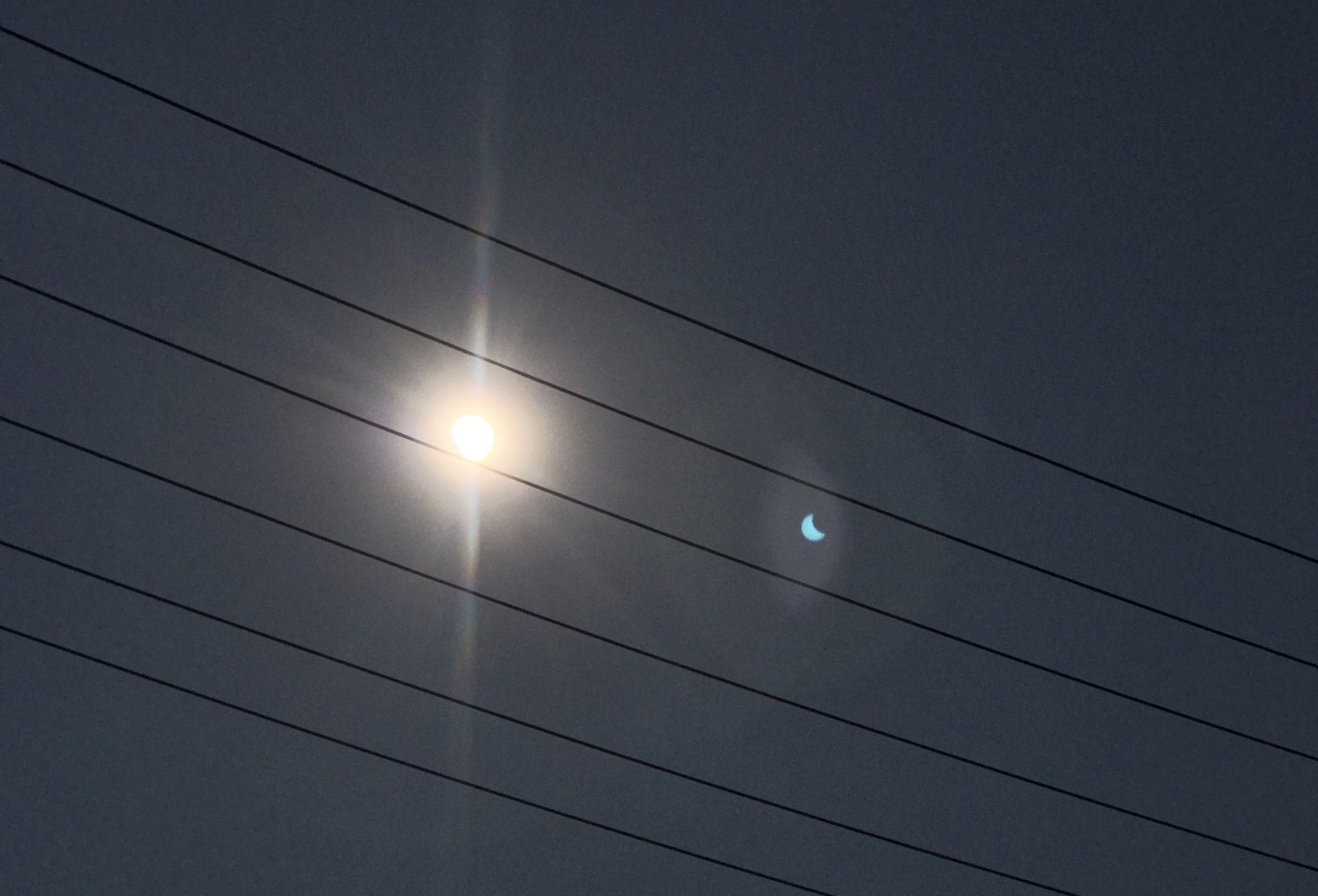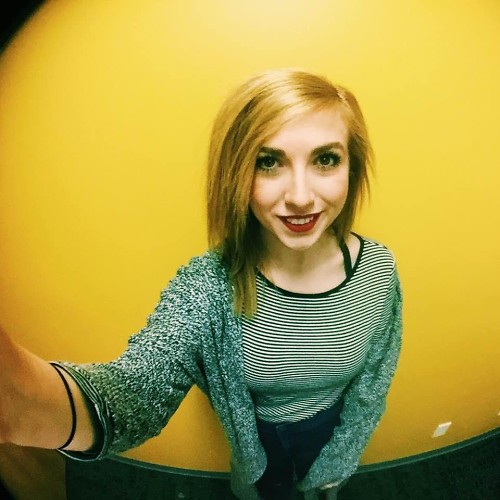Do you have spots in your eclipse photos? Here's why!

If you were one of the millions of people in North America looking up at the sky on Monday, you probably spent some time trying to catch a glimpse of the solar eclipse. (Hopefully through a set of eclipse glasses!)
While some were content to merely watch the moon eclipse the sun while trying not to fry their retinas, others pulled out their iPhone or other smartphones to get a photo or two. And, as with any photography venture — especially one targeting nature — there were bound to be a few aberrations and errors. Smartphone photographers, in particular, found several of their eclipse images dotted with eclipse-shaped spots in the sky around the sun itself.
Business Insider correctly identified these little spots of light as lens flares, but it's The Verge's Dan Seifert and Rachel Becker that have the best explainer on eclipse lens flares, distortions, and other strange bits found in eclipse photography:
"Some of your flares are upside down because the light is bouncing around inside the lens before it gets to the image sensor. On top of that, the lens has coatings on it to protect from scratches and reduce lens aberrations. These coatings contribute to the different colored flares you are seeing. The flares in your images are eclipse-shaped because the source of light was shaped like that; had the Sun been unobstructed, they'd be more circular.Most photographers will go out of their way to avoid lens flares by using hoods or shades around their lenses. But if the Sun is in your frame or right next to it, it can be impossible to avoid. And, as seen in your images, it can produce some cool effects."
The entire interview provides a fascinating look into the struggles with shooting something as bright as the sun, as well as throwing some shade on the fear-mongering over sun photography breaking your iPhone's camera (spoiler: it won't).
How did you capture the eclipse?
Did you shoot the eclipse on your iPhone with a solar filter? Did you pull out your DSLR to capture this moment in the sky? And did you find any little eclipse flares in your shots?
Let us know how you captured your perfect eclipse photo in the comments below and what kind of errors and struggles you dealt with while shooting the eclipse on Monday!
iMore offers spot-on advice and guidance from our team of experts, with decades of Apple device experience to lean on. Learn more with iMore!
Cella writes for iMore on social and photography. She's a true crime enthusiast, bestselling horror author, lipstick collector, buzzkill, and Sicilian. Follow her on Twitter and Instagram: @hellorousseau

